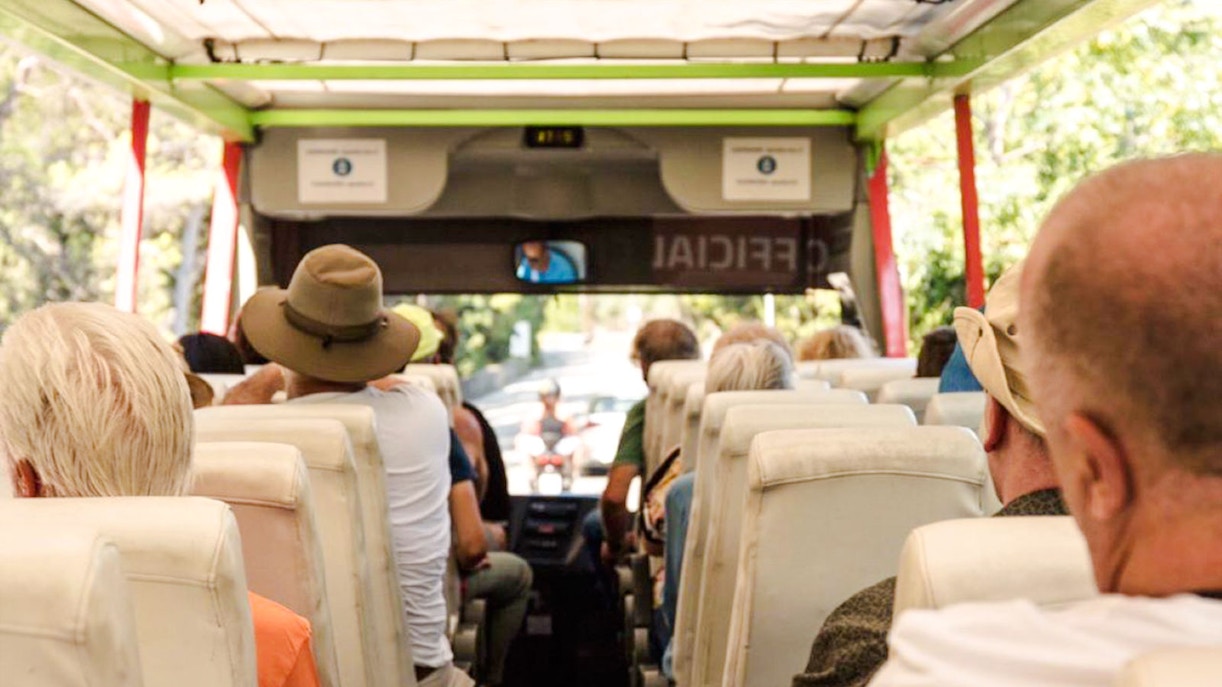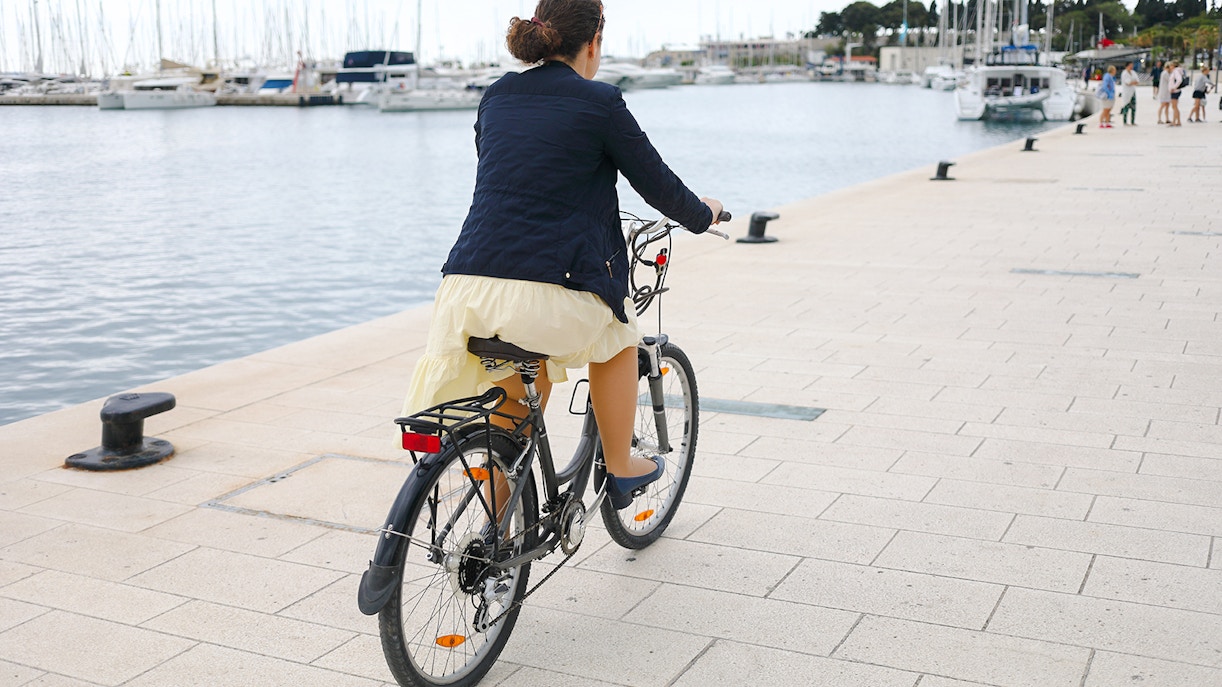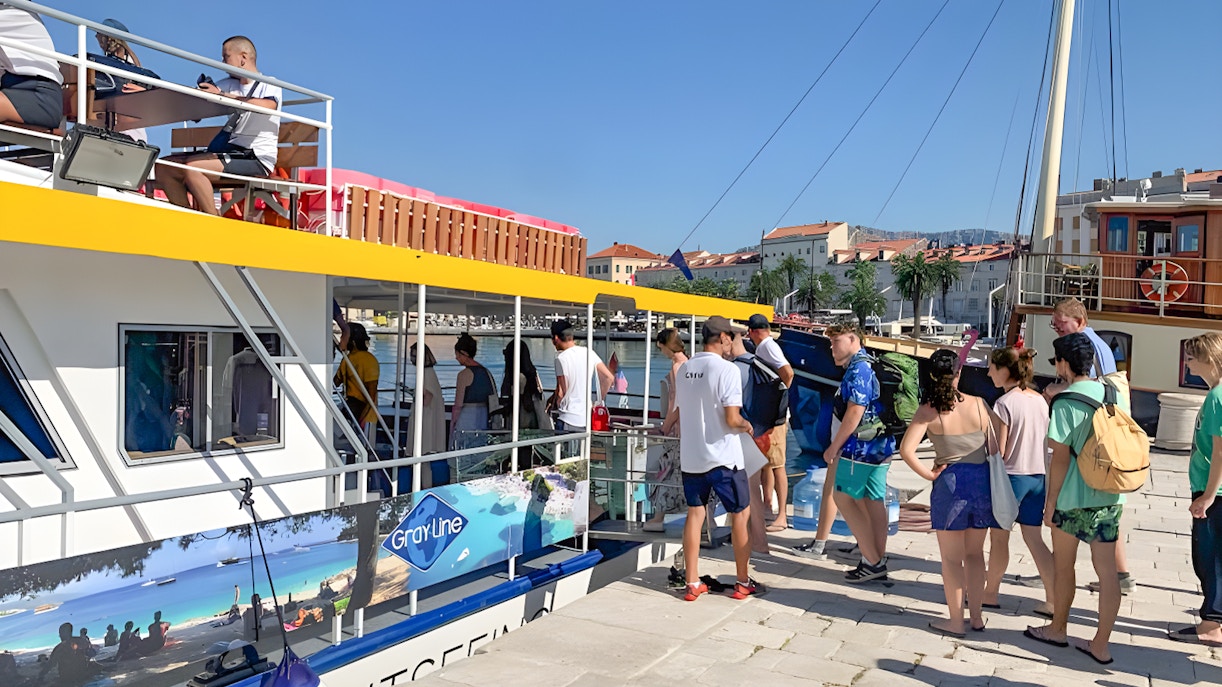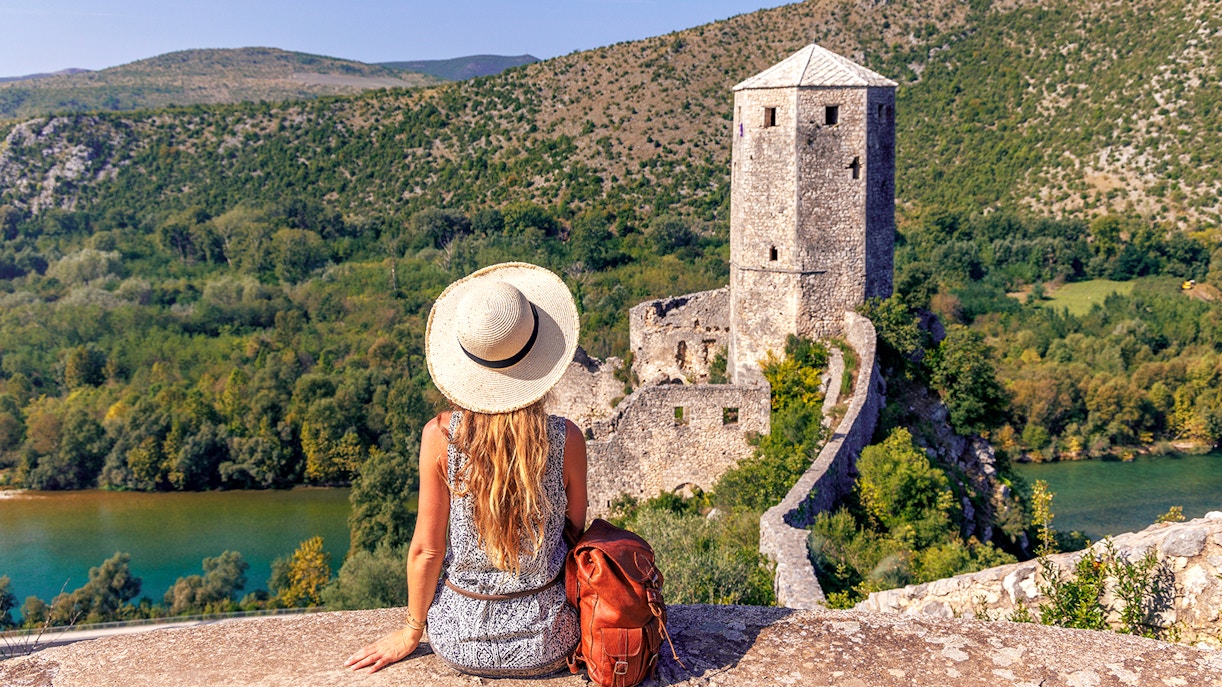Language: Croatian
Currency: Euro (€)
Time Zone: Central European Summer Time (UTC+2)
Country Code: +385
Socket Type: Type C and F (Europlug)
Emergency Number: 112

Split, Croatia, is a city where ancient history meets vibrant coastal life. At its heart lies Diocletian’s Palace, a UNESCO World Heritage site that seamlessly blends Roman architecture with modern-day cafes and shops. Beyond its historical allure, Split offers sun-kissed beaches, a lively harbor, and easy access to nearby islands. The city's affordability and walkable layout make it a favorite among travelers seeking both relaxation and adventure. Whether you're exploring ancient ruins or enjoying local cuisine by the sea, Split provides a rich and accessible experience for all.






A 4th-century Roman palace that’s now the living heart of Split, packed with cafes, shops, and hidden courtyards. Wander the Peristyle, explore the underground cellars, and get lost in its narrow marble lanes.
Built from Emperor Diocletian’s former mausoleum, it’s one of the oldest functioning cathedrals in the world. Climb the bell tower for sweeping views over Split and the Adriatic.
A pine-covered park with shaded trails, quiet chapels, and stellar viewpoints like Vidilica. Hike or bike up for panoramic city-and-sea vistas, then descend to small pebble beaches.
Split’s palm-lined waterfront where locals stroll, sip coffee, and people-watch. It’s especially lively at sunset and during festivals and street performances.
A rare sandy beach in Croatia with shallow, warm water—great for families. Watch locals play the traditional game of picigin and grab a drink at nearby beach bars.
Croatia’s oldest museum, showcasing artifacts from prehistoric to Roman and early medieval times. Don’t miss the stone inscriptions and the peaceful garden lapidarium.
A bustling open-air market just outside the palace walls, best in the morning. Pick up fresh fruit, local cheeses, olive oil, and flowers while soaking up everyday Split life.
Fast catamarans and ferries run regularly from Split, making Hvar an easy day trip. Explore Hvar Town’s harbor, climb to Fortica for views, and sample seaside restaurants.
A dramatic hilltop stronghold guarding the pass above Split, with panoramic views across the coast. Explore its ramparts and small exhibits—fans may recognize it as a filming location for Game of Thrones.
A focused collection on Croatia’s early medieval heritage (7th–15th centuries). Expect stone church fittings, inscriptions, and weapons in a quiet setting near Marjan.

Explore Diocletian’s Palace, relax on Bacvice Beach, hike Marjan Hill, and take a ferry to nearby islands like Hvar.
Split is budget-friendly. Expect to spend around €50–€100 per day, depending on activities and dining choices.
Don't miss Diocletian’s Palace, the Riva promenade, Cathedral of Saint Domnius, and the local Green Market.
Late spring (May–June) and early fall (September–October) offer pleasant weather and fewer crowds.
Avoid dining in tourist-heavy areas where prices are inflated. Also, be cautious of unlicensed taxis.